Class Matters
Resource
Bell hooks’ Where We Stand: Class Matters
Submitted by
Katherine Fusco, English, Vanderbilt University
Citation
hooks, bell. Where We Stand: Class Matters. New York: Routledge, 2000.
Description
Students should come to class having read the chapter “The Me-Me Class: The Young and the Ruthless.” hooks’ chapters are very short (this one is less than ten pages), so you may want to assign more than one chapter per class meeting. Spend time soliciting answers to the following questions and write students’ responses on the board:
- What are the necessities for living a healthy/happy/stable life? You may want to discuss how the class is defining necessities, prompting them to think about categories like employment, healthcare, education, etc. You might also spend time discussing how the class wants to define a happy/stable/healthy/etc. life.
- What class markers does hooks describe young people pursuing? What others can you think of? (iPods, Louis Vuitton bags, Hummers, etc.)
- Which of these class markers match up with the necessities we have on the board?
- Why do we focus on these markers when discussing class? Why does the media?
- How do these markers obscure other class issues? (You may want to remind your students about the necessities that they have listed)
How have you used it?
I envision this lesson occurring during the first half of a semester, but not during the very first weeks. Students will need to have some understanding of the structural issues involved in class formation in order to be able to list complex answers to the first discussion question (for example: job security and benefits, not just food and water). Students will be better able to participate in this discussion if they have had some previous experience talking about class myths and stereotypes. This discussion should help students to understand some of the key issues at stake for the working class (healthcare, education, housing) at the same time that it allows them to critique consumerism in the United States. This lesson plan also works to dispel some of the stereotypes that students believe about the working class’ spending: that the working class buys big TVs instead of dental care, etc. Students may resist this because some of these myths are deeply ingrained, but teachers can ease this difficulty by turning a critical eye at the media: why are these the stories we see on the news; why is it “good” for sitcoms to make jokes about this, etc.
